On Mother’s Day, a question worth asking ourselves — How lightly do we tread on Mother Earth? In comparison to our resource and carbon-intensive lives are the simple ways of the tribes of Africa, slowly vanishing.
A dream run through my favourite continent a few months ago threw up fantastic experiences with wildlife and the infinity landscape of Africa. Some of it will be etched in memory — of a land where human life sprouted many hundred thousand years ago. Some will be erased in the sameness of everyday life.
But one of the take-away from the two-month sojourn on the road through five African nations was the lives of its ancient people — the tribes. Their simple ways begged the question of how much does one really need in life. Why have we saddled ourselves with the cravings for one hundred things we need to own? Why have we complicated our lives and added stress in the process? Why have we traded freedom for comfortable bondage? Why are we burdening Mother Earth?
Looking at the Hadza people, my thoughts were rather confusing. It was not clear if they merely survived or lived.
This hunter-gatherer tribe of north western Tanzania found around the Lake Eyasi are believed to be the oldest of the hunter gatherer tribes, still making a living using bow and arrow. Archaeological evidence suggests the Hadza have been in the area since 50,000 years.
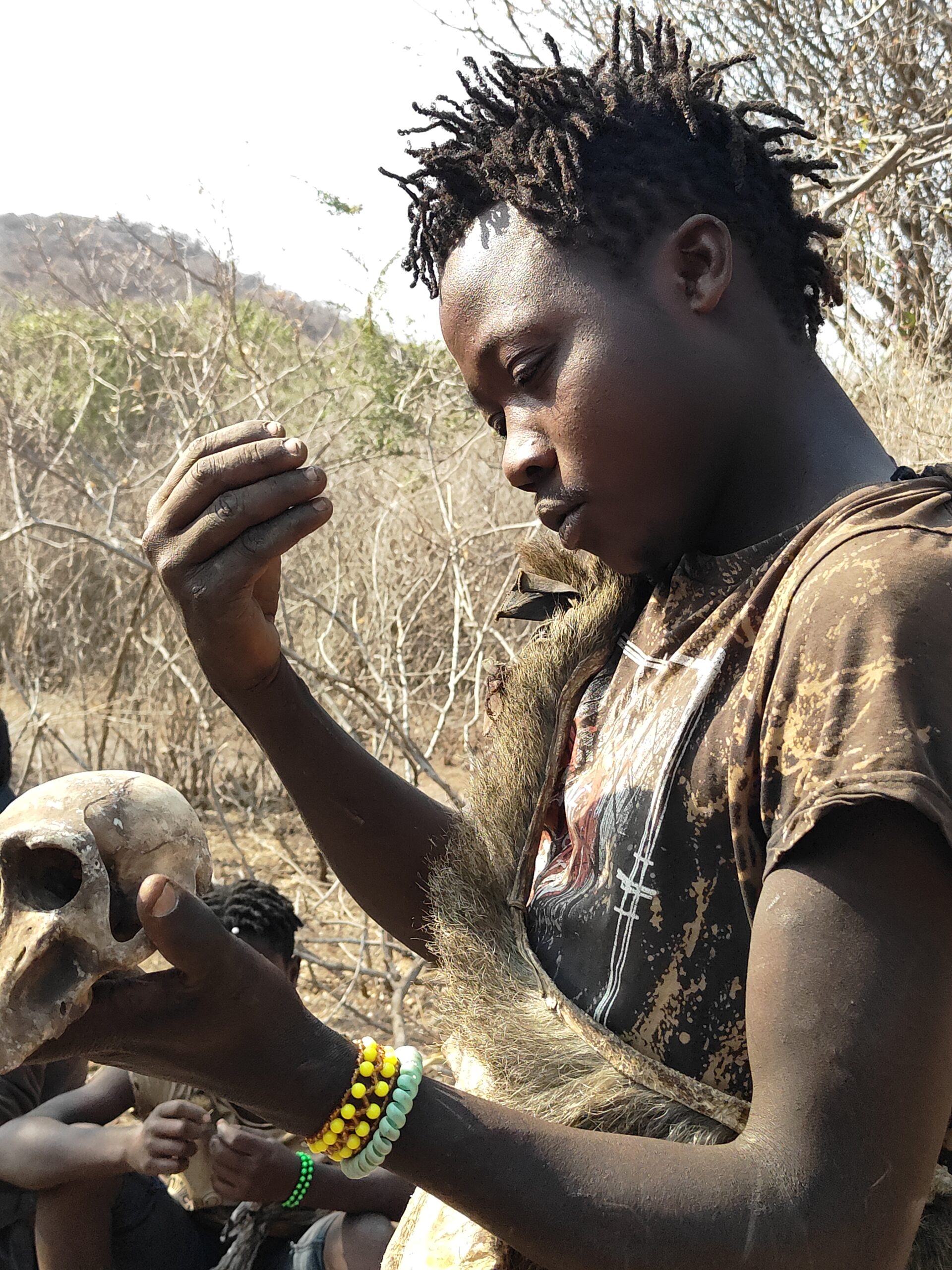
Hola and the baboon skull
Their numbers today are believed to be around a mere 1300. With changing times and exposure to tourists and farming lot, their ways have changed slightly but the Hadza fiercely still cling to old ways. They are allowed to hunt in small reservations kept aside. Being nomadic they move in search of food and water.
Shelters are made temporarily and can be put up in a few hours using sticks, leaves and clay. During the day, the women and children can be seen resting in the shade of trees. A few pots and pieces of clothing (a recent acquisition thanks to tourists) make up their possessions as they move from place to place.
Their diet which used to be mostly made of berries, greens, honey, tubers and fruits like that of the baobab, now also includes corn and provisions they get from tourists and the government. Despite attempts to ‘settle’ them, both by the British and then by the Tanzanian government, the Hadza people have returned to their old ways. They have resisted attempts to convert them to Christianity, having no belief in a god. The Hadza worship the sun and the moon.
Exhibiting skulls of baboons, Hola Hola the young man told us in Hadzane (language that uses clicking sounds and other vocal noises), that these were most tough to hunt as they are intelligent. But the tribe believes baboon meat makes them strong.
We saw how difficult life for a predator can be, by joining them for a short 1.5 hour hunt through the bushes in the hot sun. Much like the wild dogs do, the tribe hunts in a way where they spread out and track animals. At the end of it, all that was caught was a tiny bird. This was barbecued and eaten.
Life is tough. The community had had their last meal a good 16 hours ago. Women wake early at 4 and go in search of water, tubers, greens and fruits. Usually one of the men accompanies the women. Men go hunting and sometimes get honey too. Meat is a luxury that comes more with the dry season when hunting by the waterholes before dawn yields results. But with the land around being cleared for farming by other tribes, the wild game has dipped. Hunting now requires covering a lot of area on foot, walking and running. Sometimes it takes hours and there will be no killing.
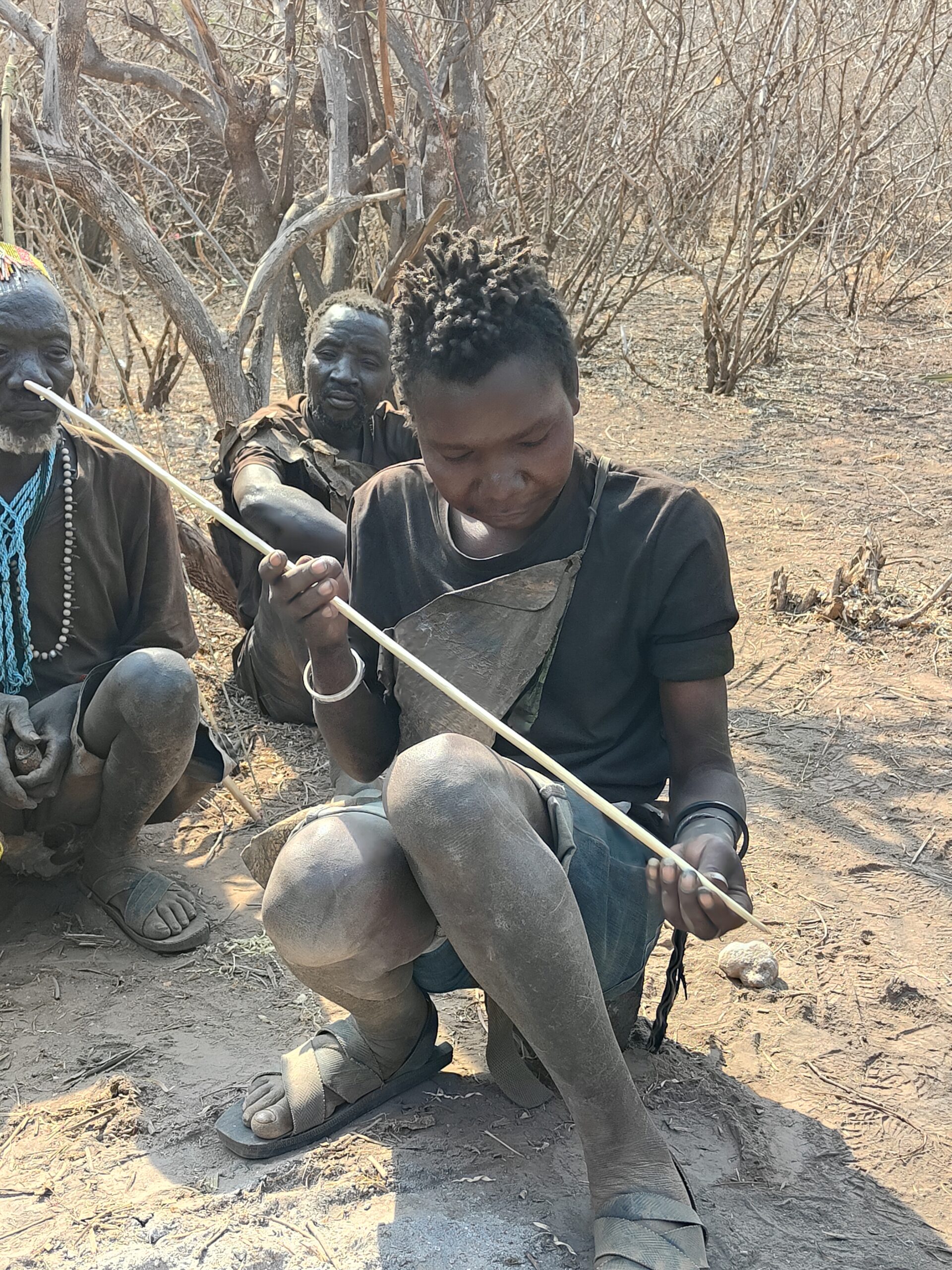
Checking his arrow is a Hadza man
By trading animal skins with the Datooga tribe of pastoralists, they get them to craft sharp arrow tips for them. Sometimes the tips are smeared with poison from the branches of a shrub.
Traditionally the Hadza have followed a matriarchial system. The woman decides which man she will have for a mate. She can leave him at any time she is unhappy with him.
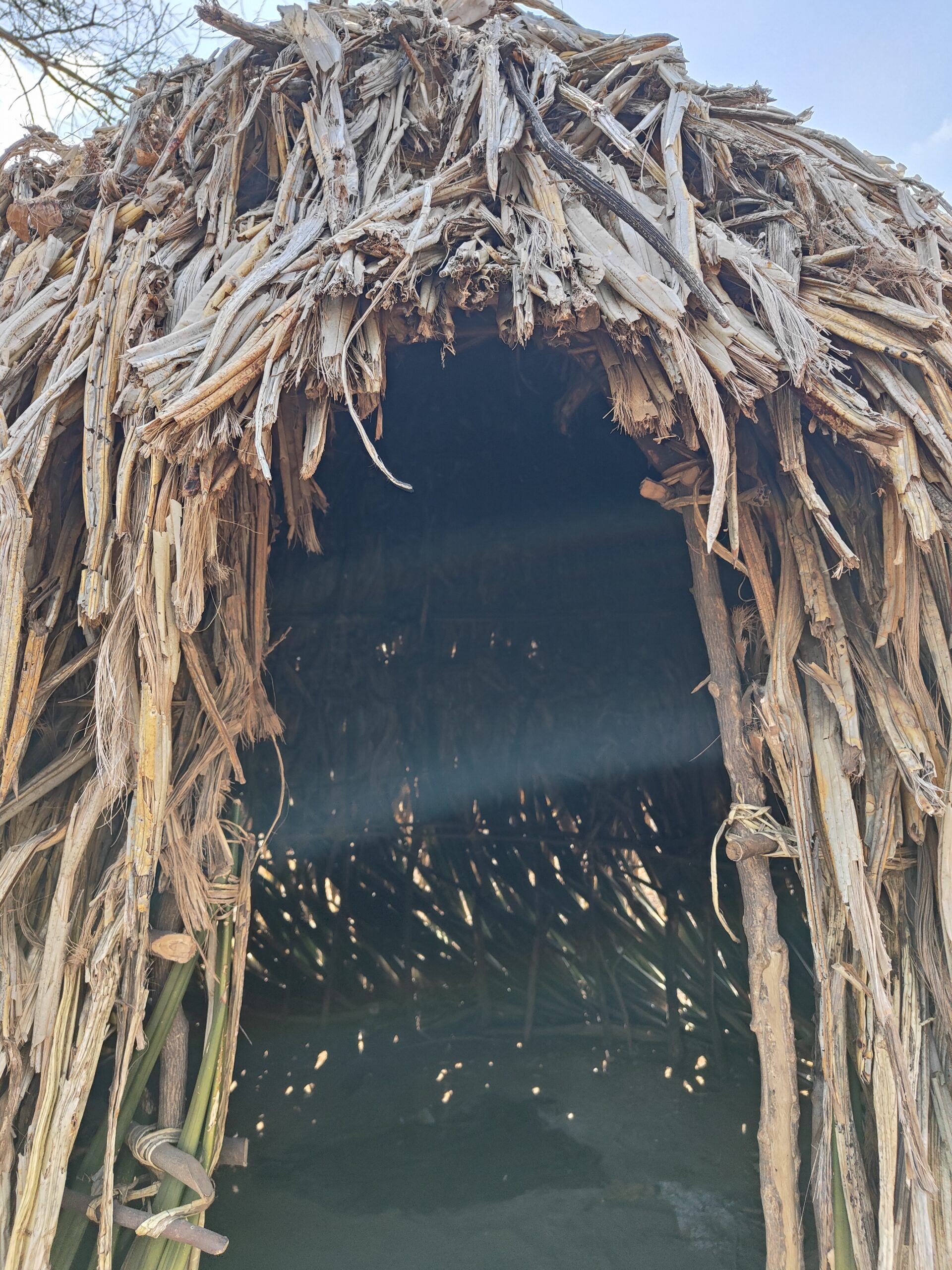
Make-shift huts
Life is tough. Mortality rate is high with diseases taking a toll. We saw many of the women in the group having a racking cough. Lying on the ground in the shade of a tree, they seemed impervious to their situation. It was difficult to know whether they were happy. But the younger lot, especially the big boys were vociferous in cracking jokes and taking digs at each other. They have seen the world outside. But they were certain they did not want to change their lives. ‘We want to be free,’ said Hola.
The neighbouring Datooga tribe are polygamous and the man rules. All in the harem seemed happy, working together and keeping house for the man. The women help the man in building the huts using clay and wood. Besides cattle-rearing, they are also skilful blacksmiths. Using thrown-away scrap metal procured from towns, they melt the metal using coal and solidify it using a mould. The metal is then hammered laboriously into various jewellery items.
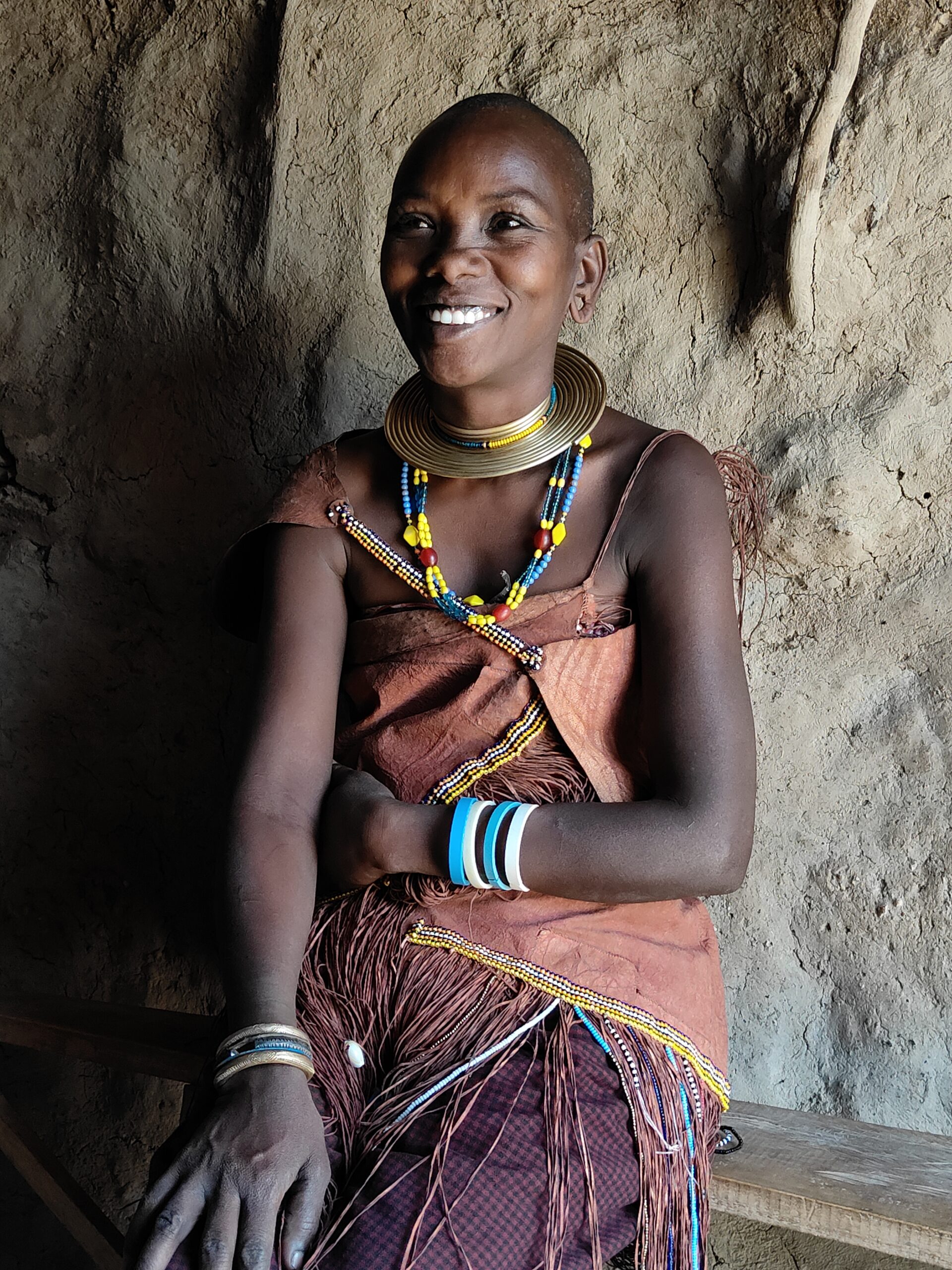
A Datooga beauty
Coming to the San Bush people, the story is different. Change has swept them away from olden ways. Having lived in the semi-arid savannah of Kalahari since 20,000 years, today they are almost reduced to begging. Their land is lost and so is their culture thanks to the European colonisation since the middle of last century. Trophy hunters took away their game and huge cattle herds reared by the black and white farmers robbed them of their staple diets, forcing many into slavery.
At a campsite in Ghanzi (Botswana) there is an attempt to keep alive the San culture by showcasing it to tourists. Wearing cloth made of the hide of a steenbok, and a leather pouch slung across the shoulders to carry the medicine, poison and arrows, the men went ahead. Women go foraging for greens, berries and fruits. There is a sense of equality of the genders among the San.
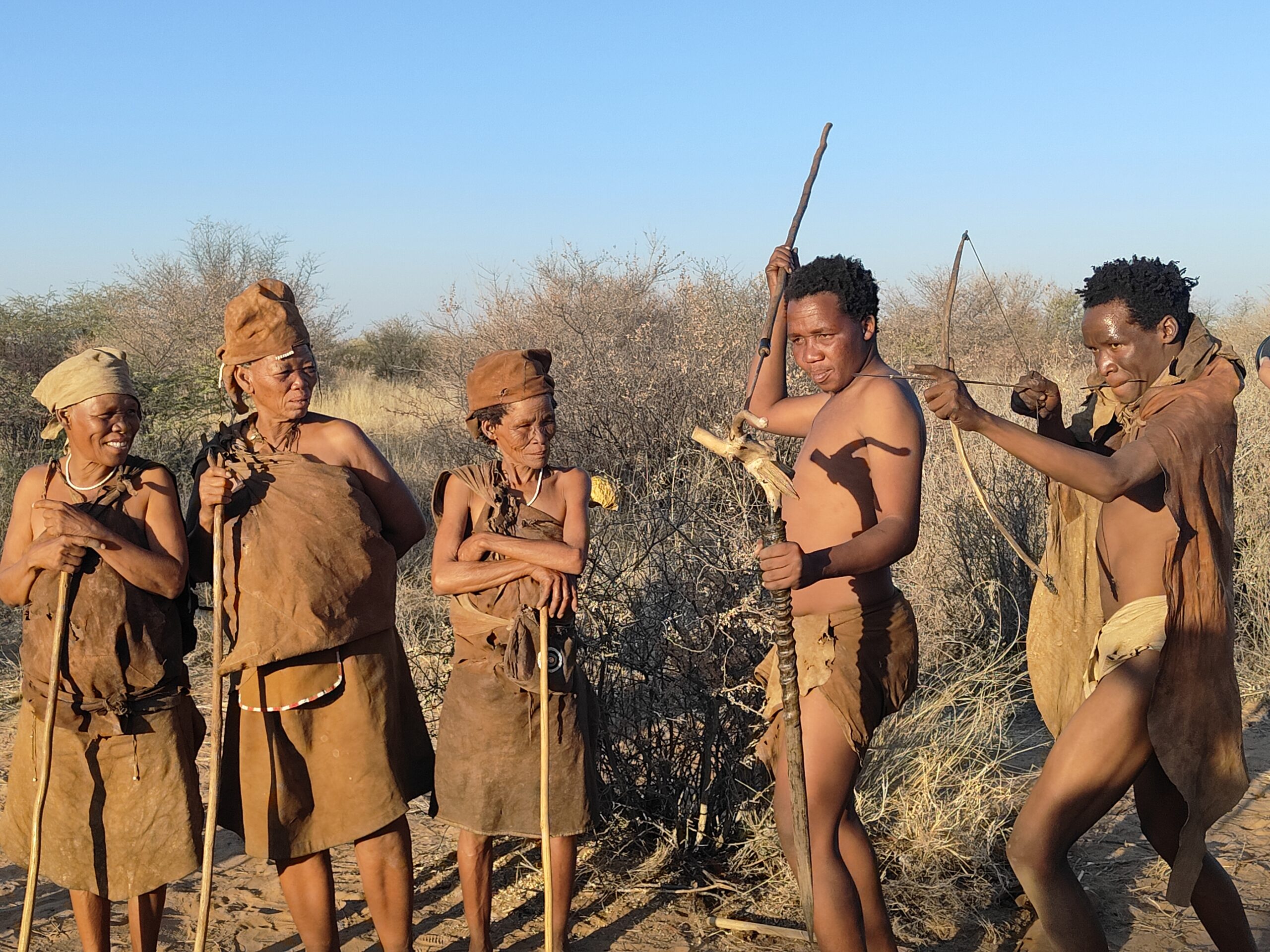
Once upon a time, the San people lived this way
Seeing the puny bows and arrows one may wonder how they brought down huge animals like the eland, gemsbok and giraffe. That is where the poisoned arrows helped. The animal would fall but this would be much later. So the San would need to track the animal and find it, sometimes taking hours. Their keen eye and knowledge of the bushes helped.
When men went on hunts that could go on for hours, they chewed on some roots for strength. The local cure for malaria was to chew the root of the curly leaf grass, we were told. The women showed us the root of a plant they used to make soap! One of the San men pointed to the ‘smiling hole’ made by a scorpio. Another showed us how fire was lit using a few twigs and brumble. Every leaf and root seemed to have a use.
So also, once an animal was hunted, almost every part of the kill would find some use. In the arid land, the San people could track water in the roots of some plants or by digging the sand. Their homes too are light on the earth, made of twigs, branches and grass. Everything they needed was sourced from the land and the animals.
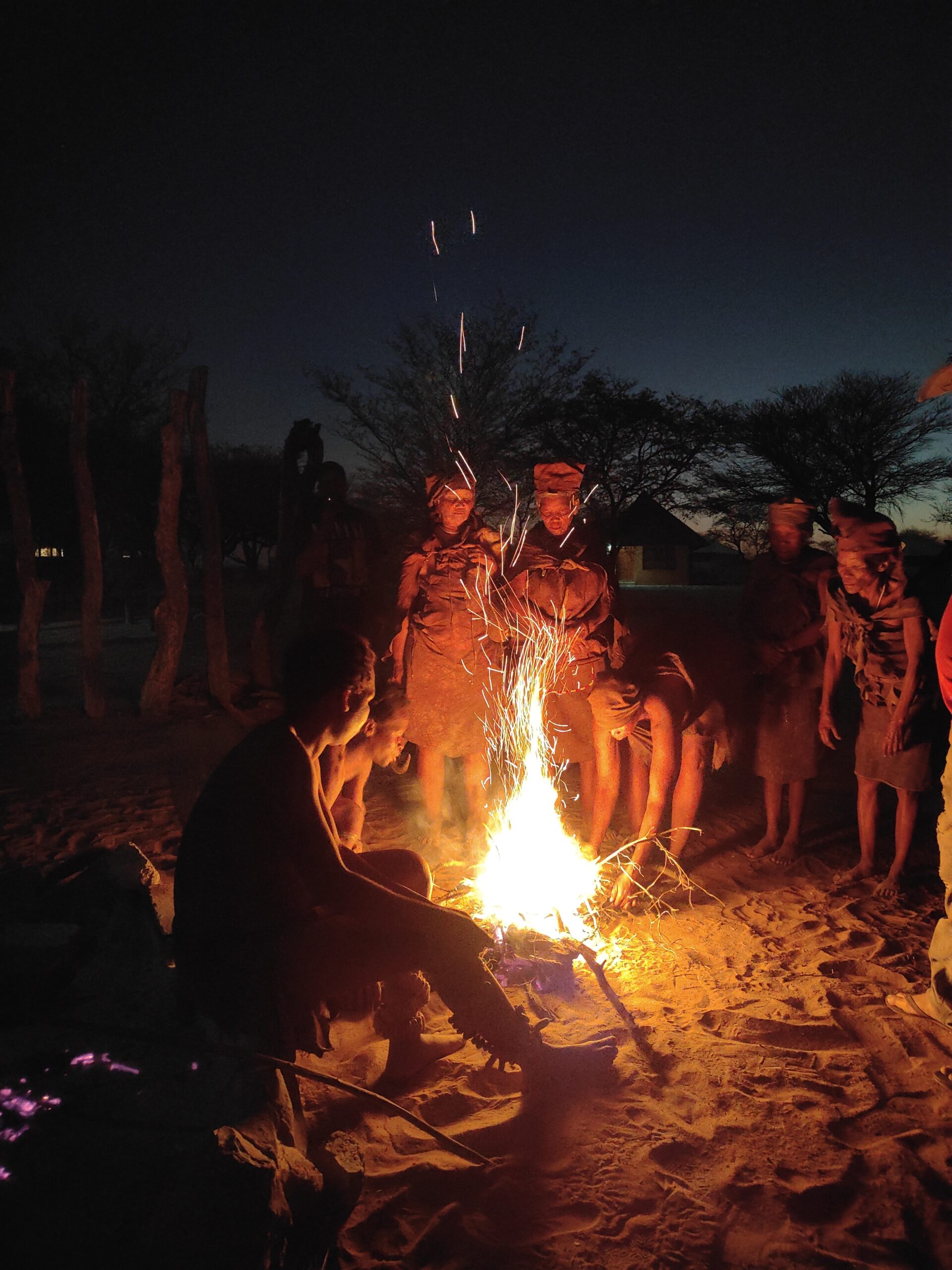
Trance healing session (PC: Sandesh)
At night they danced around the bushfire demonstrating a trance healing session. This form of healing was used when the traditional medicine man failed to cure an ailment. Sung in an appeal to some bird or animal, the dance has shamanic origins where the dancer senses energy which he transfers to the one ailing from a disease. The men went around the fire, stomping their feet adorned with rattles made of moth cocoon shells, and the women joined with a cooing sound that varied from animal to animal. The connection with the land and animals was palpable.
The San people are believed to be the descendants of early Stone Age humans. Our group came to us begging for food leftovers the next day!
Similar to the plight of the San bushmen is that of the Himba tribe of Namibia. Distinct in their reddish hue owing to a mixture of animal fat and ochre used to protect the skin and hair from the heat and pests, the Himba are cattle rearing tribes of Africa. Droughts and loss of cattle to predators have forced them to give up their traditional work and culture and seek menial jobs in cities.
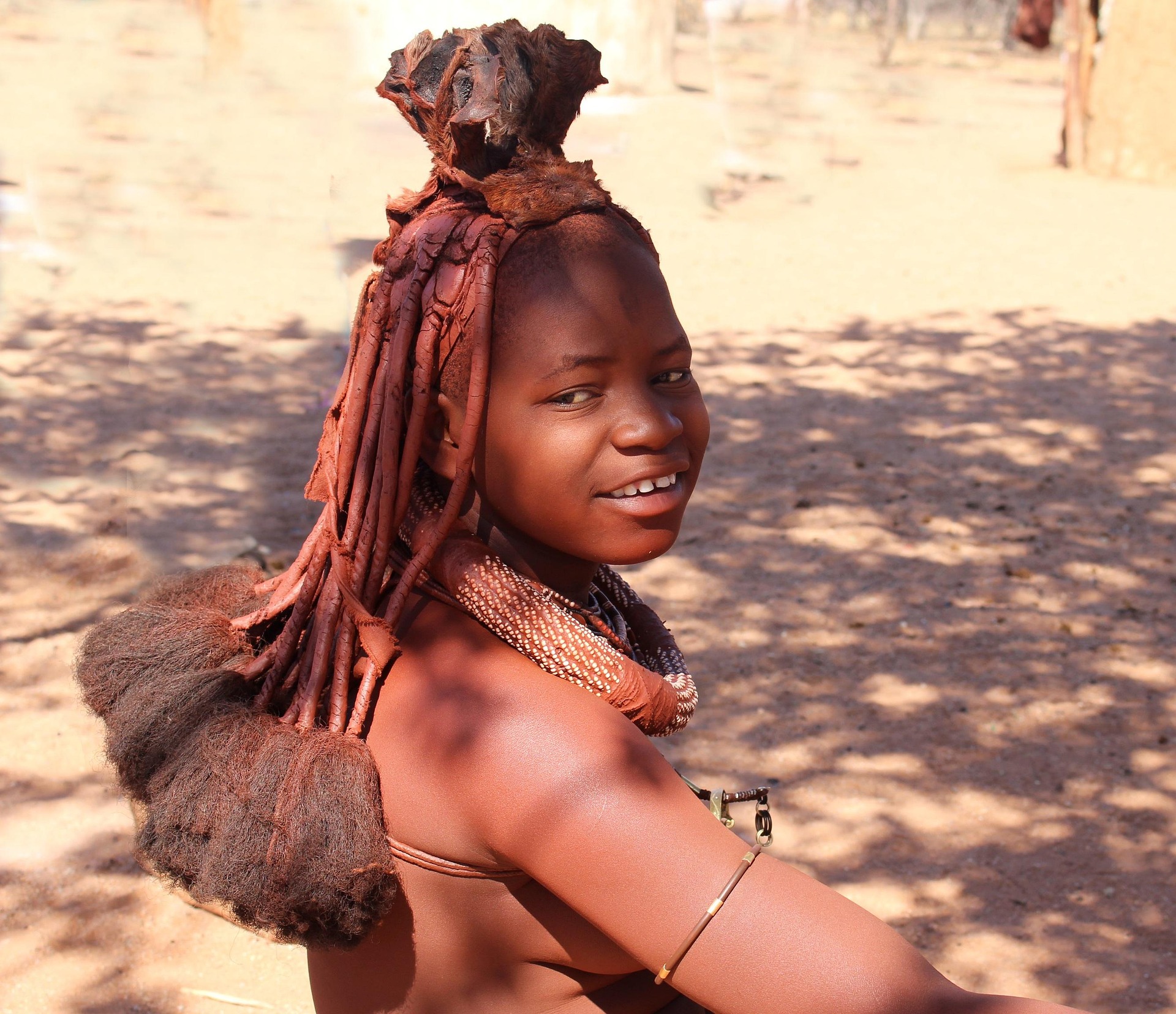
A Himba tribeswoman. (Pic by Pixabay)
As one enters Tanzania from Zambia, one of the distinct peoples you will see is the Maasai. Tall, dark, lithe with shaved heads and a red chequered cloth tied around the neck or wrapped around the shoulder, they will appear everywhere. Sometimes walking alone, or taking a ride on a mobike, and slowly as the cities give way to open land they will be there herding cattle with a stick in hand.
A closer look will reveal a dagger tucked away at the waist, some beaded and metal jewellery adorning their necks, hands and ankles, with a mobile phone being the new adornment — the Maasai make for an odd but inevitable coming together of the old and new. Not to miss the junk food in colourful plastic covers they also consume.
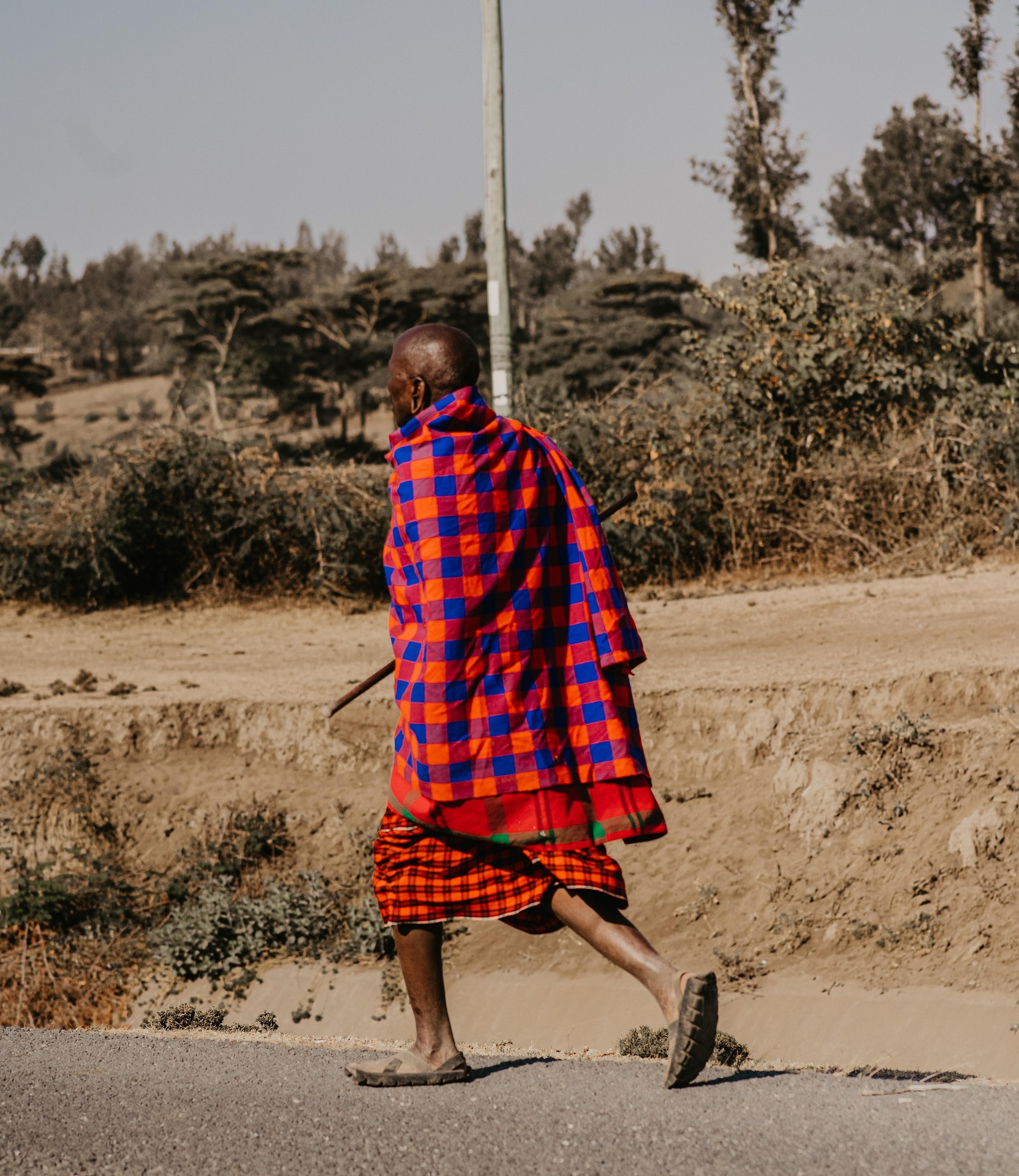
The Maasai (Pixabay )
The nomadic, pastoralist Maasai people are originally from the Nile region but today can be found mostly in Tanzania and Kenya. Their origins also closely link them to the Kalenjin tribe that has produced Kenya’s long distance runners.
Being nomads, Maasais never clung to any place and their homes too are of an impermanent structure, in sync with their nature. But of late, they have begun to stay in one place.
The Maasais attribute their strength to the morning energy drink made of cow milk and cow blood. The cow blood is collected by piercing a vein of a cow with a spear and collecting blood. A paste is applied at the point and the cow released. Staple food is meat, blood, milk, honey, tree bark and fat with some maize meal, rice and cabbage.
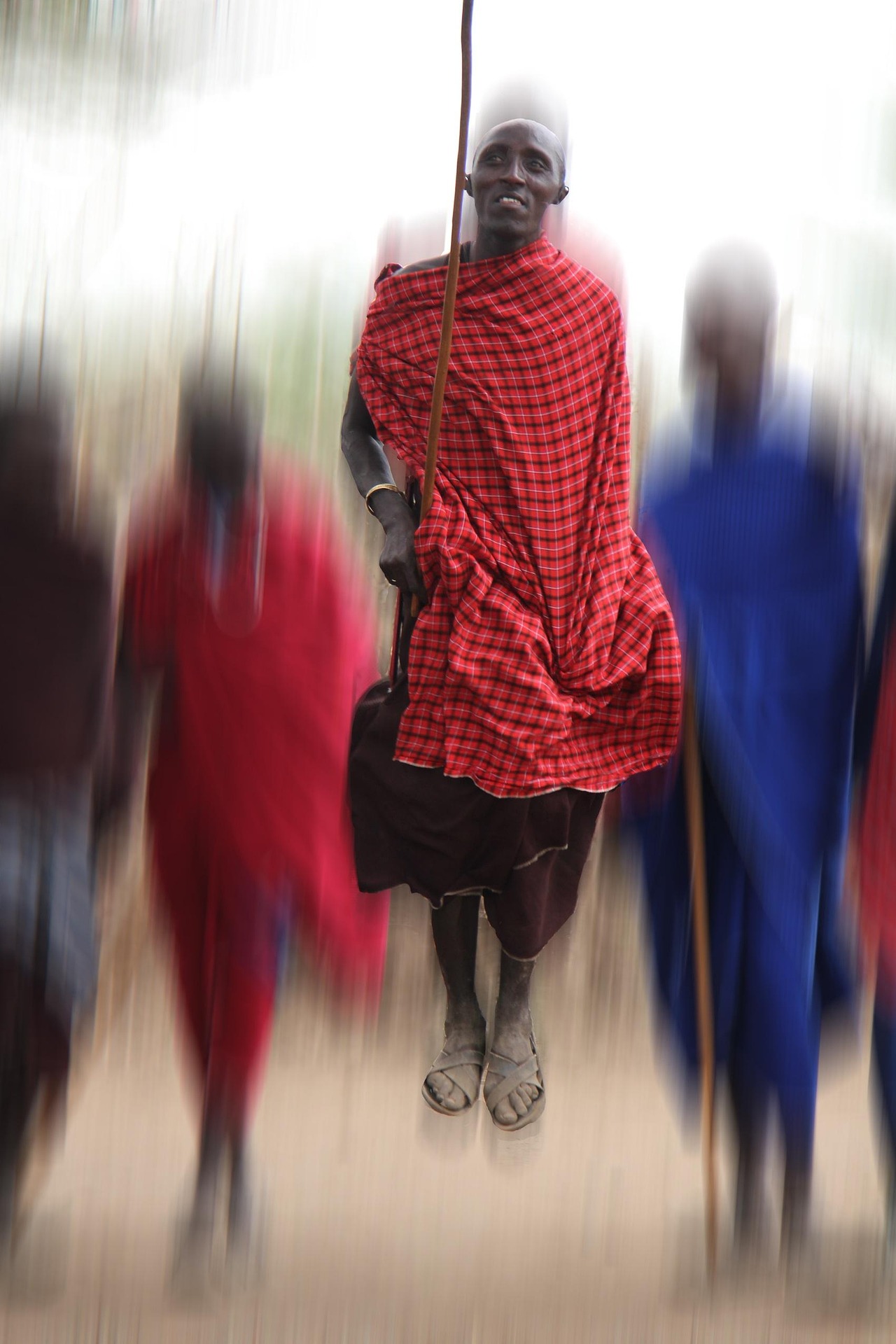
Adamu, the jumping dance marking the rite of passage of Maasai boys to adulthood
The number of cows a Maasai owns is a symbol of his status and wealth. It is this denominator that is used to barter for any goods, including a bride for the warrior. The cow’s hide is used for various items, including clothes. Cow dung is used to plaster the walls of the ekanjis (dwellings).
Raiding for cattle is still practised where a warrior stakes claim to another’s cattle by placing his spear in front of the ekanji. The Maasai believe that the cow is a divine gift from rain god Ngai with a message that all cattle belongs to him, and so also the land and other animals on it.
Today, the Maasai are educating their children and many have found jobs in cities within Africa and beyond. Acquiring things, making money and falling into the established patterns of an ‘accomplished life’ the wisdom of the land and its original inhabitants is being lost.
By Jaya
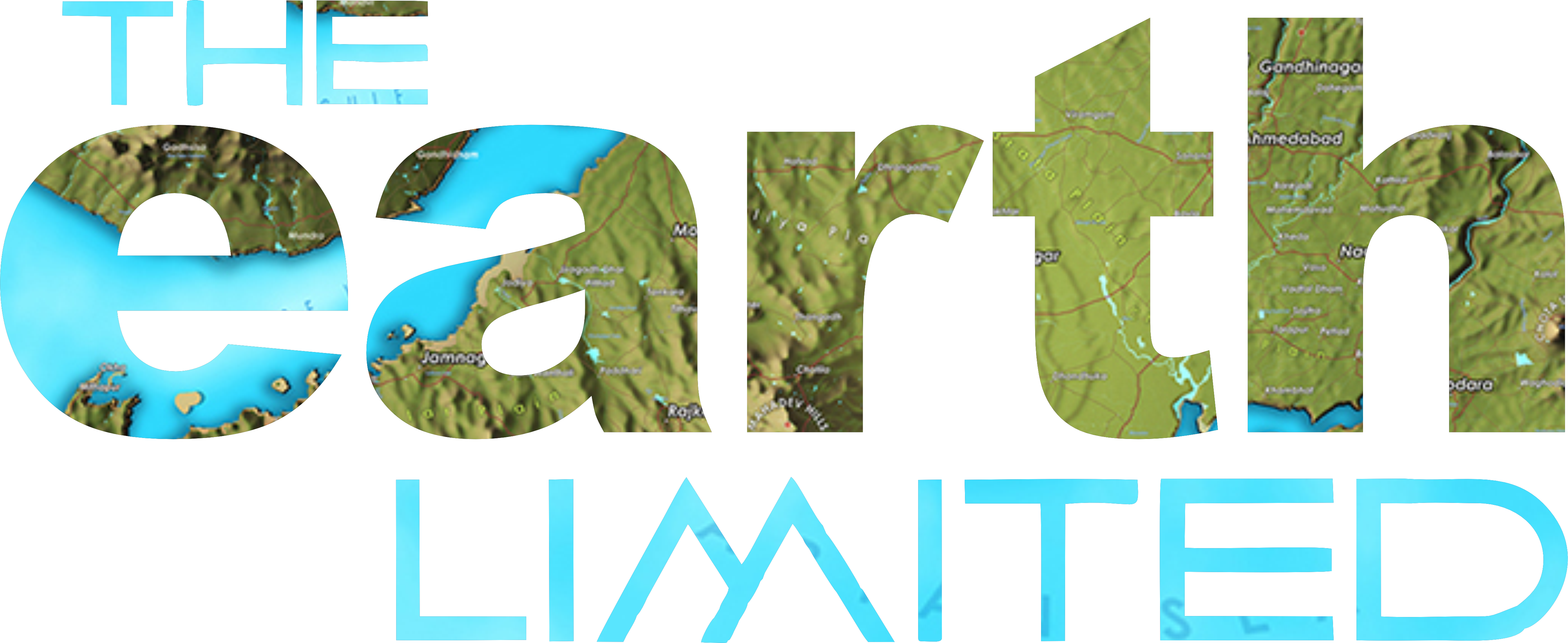
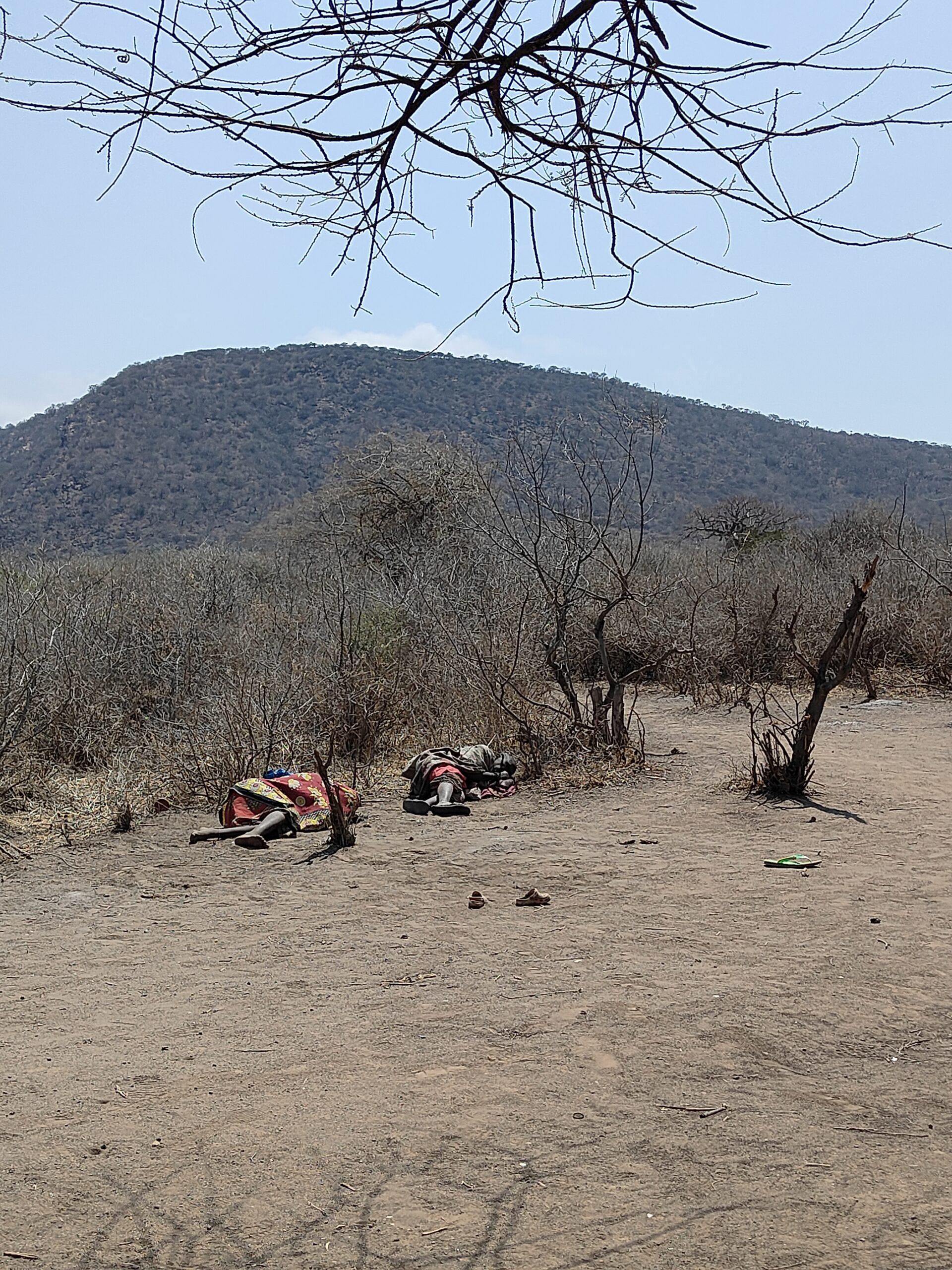


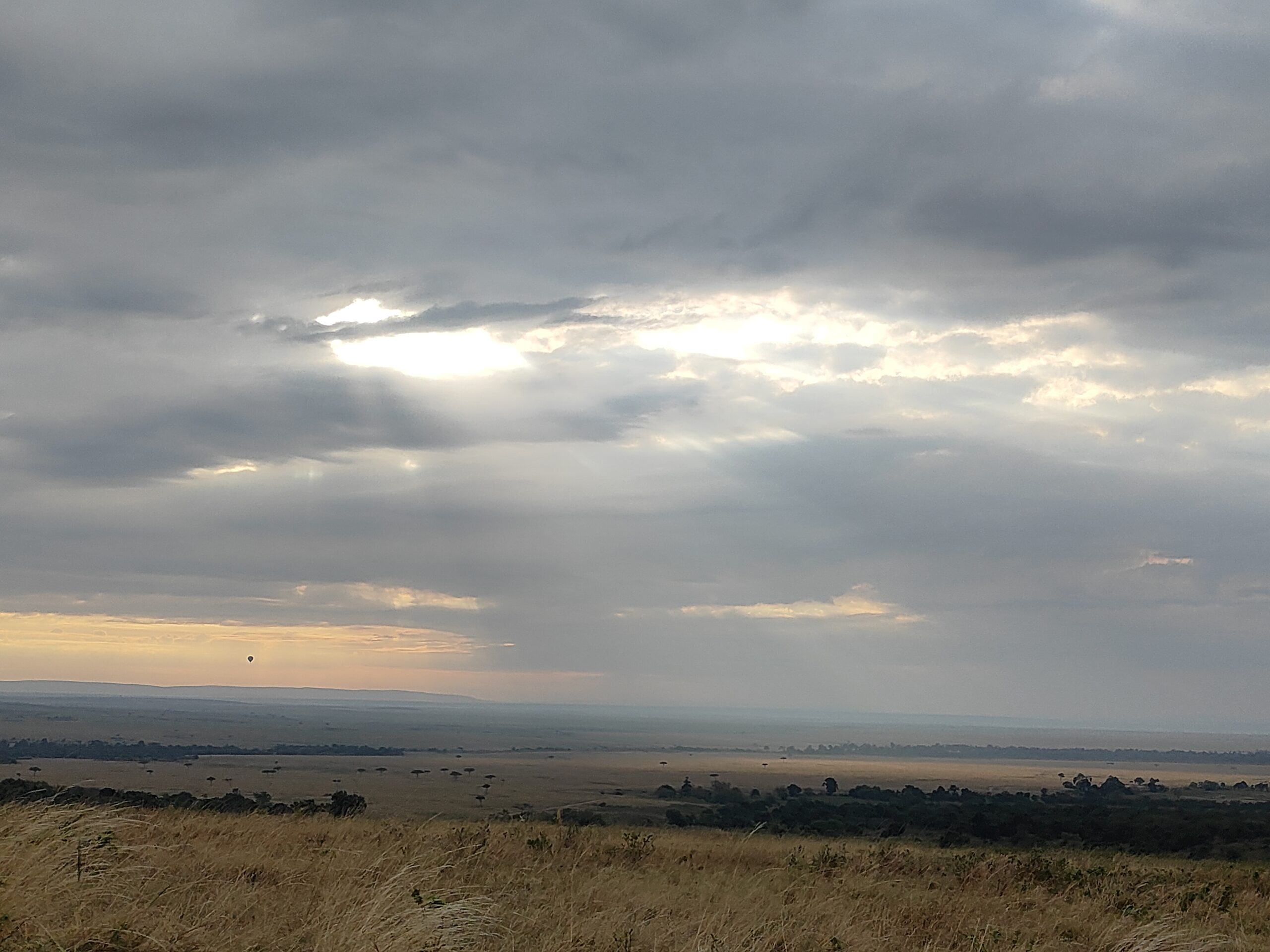
1 Comment
Beautifully written. In the era of technology… It’s an eye opener that you need only so much to exist. Blending with nature and not exploiting.